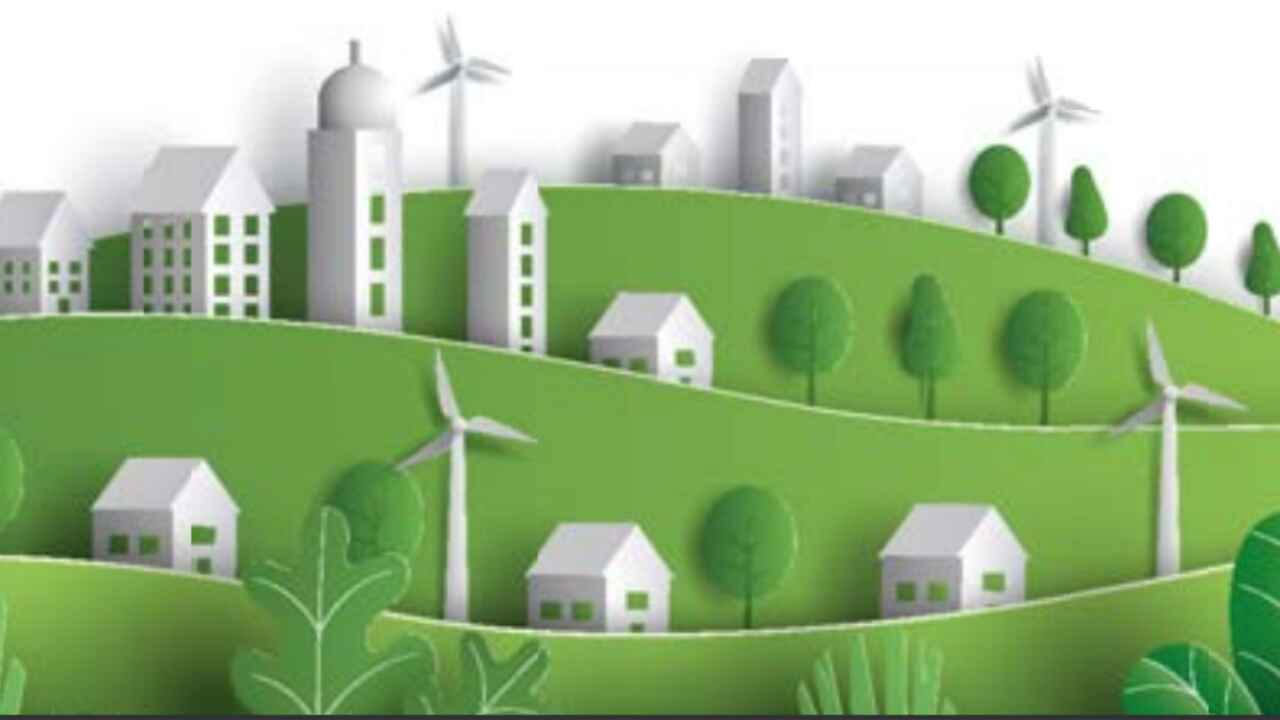TLMI, Celab partner on release liner collection
Take an in-depth look at the new initiative launched to address the growing issue of label release liners in landfills.

As a sustainability professional in the label industry, I have
faced the same questions year in and year out about release
liner: How do we help an end user meet their sustainability
goals when release liner is so difficult to recycle?
The recycling process involves collecting, sorting and processing these liners so that they can be used as raw materials in the manufacture of new products. The obstacles to liner recycling are many: most waste haulers won’t take it, it must be stored indoors until there is a full truckload, there is no space to store it, many recyclers want it to be baled, there’s too much contamination, shipping is costly, and on and on. Because of these obstacles, liners are typically discarded to landfill after use.
Admirably, some TLMI members have created programs with
dedicated personnel to try to help their customers recycle the liner, but those programs have not had broad, industry-changing success.
TLMI’s liner-recycling committee has also been working for years on solutions including a map of recyclers, technical documents, PowerPoint presentations for members to use with customers and one-page information sheets.
A few years ago, an industry coalition was formed in North
America called Celab, which stands for Circular Economy for
Labels. It had numerous work streams, created some good research and connections, but also had no recycling success.
Paper and filmic liner production is estimated at nearly 600,000 tons per year. Recycling these liners not only reduces waste in landfills but would also conserve resources by reusing materials. Paper liner, specifically, is an incredibly clean, long fiber that has value and we know that many types of fiber are widely recycled.
Liner recycling initiative
TLMI has invited Celab to merge efforts on getting paper release liner recycled which resulted in a new project called the Liner Recycling Initiative (LRI). We have hired recycling expert Resource Recycling Systems (RRS), a global consultancy known for getting non-recyclables into recycling streams, to drive this initiative and be the boots on the ground.
Project goals
The aim of the project is to develop a robust national release
liner recycling program that connects both small and large label end users that generate paper release liner to qualified recycling end markets.
The key goals of this work are the following:
• Build upon the learnings and recycling experience of the label industry to date.
• Identify best practices for convenient collection and aggregation of release liner for truckload and less-than-truckload shipments.
• Identify and develop specifications for recycling mills that accept and recycle paper release liner.
• Elevate all existing liner recycling programs by developing an industry roadmap to scale a recycling strategy nationally.
“Paper liner, specifi cally, is an
incredibly clean, long fi ber that
has value and we know that many
types of fi ber are widely recycled
across the US”
Project strategy
Two regional pilots, in Chicagoland and the northeast US are
planned around mills that accept and recycle paper release liner.
To start, the pilot will confirm the requirements for release
liner for the mills, i.e.: what form it needs to be in, how much
contamination is allowed, how it is packaged. Then, with label
industry help, RRS will identify end users, both large (at least
one truckload per month) and small (less than one truckload per month), that ‘liberate’ release liner, to participate in the pilots.
RRS will establish best operational practices for those end
users around how to collect, aggregate and bring this valued
fi ber product to market for recycling. The best practices and
learnings from the pilots will be used to develop a roadmap that scales the recycling program nationally. A national roadmap will also include identifying and qualifying mills willing to develop a mill specification for release liner commingled with corrugated cardboard or sorted office paper.
The mill partner for these pilot programs is Sustana Fiber. One of the next critical steps is to ask label converters to share with RRS (with an NDA in place) locations of where release liner is ‘liberated’ and labels are applied. These could be e-commerce fulfillment centers, brands, copackers or retailers, for example. Ideally, they would be located within 250 miles of the Sustana mills. This will help with RRS conducting site visits to help with operational best practices and to understand logistics obstacles. This collaboration sets the stage for broader industry acceptance and a significant reduction in environmental impact. To achieve a scalable recycling program, RRS will also work with brown fiber mills to include
release liner in their process. The ability of end users to bale release liner with corrugated cardboard will solve many of the sorting, storage and shipping obstacles they currently face.
Want to be part of this effort or recommend a customer to be
part of the effort? Contact me and I’ll connect you with our RRS team to get you started.
Rosalyn Bandy is VP of sustainability for TLMI. For more information about TLMI sustainability, contact Rosalyn.bandy@tlmi.com. For information
about TLMI membership, contact engagement director, dale.coates@tlmi.com.
Stay up to date
Subscribe to the free Label News newsletter and receive the latest content every week. We'll never share your email address.


